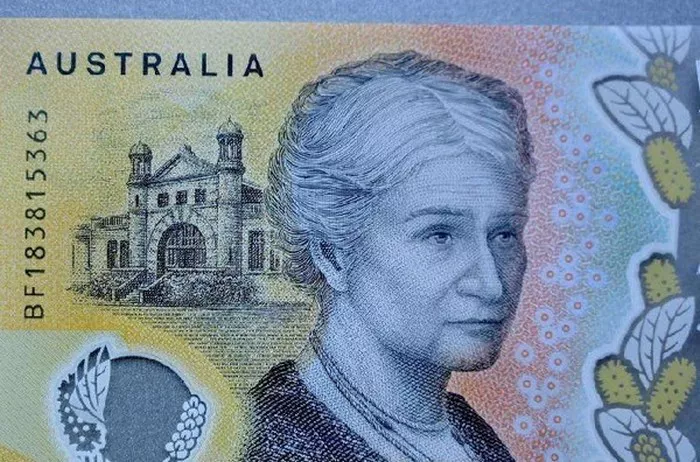Australia is renowned for its vibrant culture, diverse landscapes, and unique wildlife. The country’s currency reflects its economic stability and commitment to technological advancements. However, when it comes to the Australian banknotes, a common question arises – does Australia have a $1000 note? In this article, we will explore the history of Australian banknotes, the highest denomination in circulation, and the reasons behind the absence of a $1000 note.
The Evolution of Australian Banknotes:
Australia’s journey with paper currency dates back to the early 20th century. The first set of Australian banknotes was issued in 1913 by the Commonwealth Treasury. Over the years, the design, security features, and denominations have evolved to meet the demands of a modern economy.
The Reserve Bank of Australia (RBA), established in 1960, assumed responsibility for issuing and managing the nation’s currency. Since then, the RBA has played a crucial role in ensuring the integrity and security of Australian banknotes.
The Highest Denomination in Circulation:
As of the last update in 2022, the highest denomination in Australian currency is the $100 note. This denomination has been in circulation since 1984, featuring iconic figures such as Sir Douglas Mawson, a renowned Antarctic explorer, and Dame Nellie Melba, a legendary opera soprano.
The decision to cap the highest denomination at $100 aligns with the global trend of discontinuing higher denomination banknotes to combat illegal activities, money laundering, and tax evasion. Many countries have phased out their highest denominations, emphasizing the use of electronic transactions and promoting a more transparent financial system.
Reasons for the Absence of a $1000 Note:
While countries like the United States and Singapore have banknotes with denominations exceeding $100, Australia has chosen a different path. The decision not to introduce a $1000 note is rooted in various economic, social, and security considerations.
Security Concerns:
One of the primary reasons behind the absence of a $1000 note in Australia is the heightened focus on security. Higher denomination banknotes are often targeted by counterfeiters and criminals engaged in illegal activities. By limiting the highest denomination to $100, the RBA can incorporate advanced security features more effectively, deterring counterfeiters and maintaining the overall integrity of the currency.
Anti-Money Laundering Measures:
Australia, like many other nations, has implemented stringent anti-money laundering (AML) measures to combat illicit financial activities. Higher denomination banknotes can facilitate money laundering and make it challenging for authorities to track large transactions. The absence of a $1000 note aligns with Australia’s commitment to maintaining a robust financial system and preventing the misuse of cash for illegal purposes.
Technological Advancements:
The rise of digital and electronic payment methods has significantly influenced the decision to refrain from introducing a $1000 note. The increasing prevalence of online transactions, contactless payments, and digital wallets has reduced the reliance on physical cash. The focus on a cashless economy aligns with the government’s goal of fostering technological advancements and financial innovation.
Public Perception:
The introduction of a high-denomination banknote can also affect public perception. Higher denomination notes are often associated with wealth disparity and may lead to concerns about the concentration of wealth in the hands of a few. By limiting the highest denomination to $100, Australia aims to promote financial inclusivity and reduce the potential negative societal impacts associated with larger banknotes.
See Also Which Countries Accept Australian Dollar?
Conclusion:
In conclusion, Australia does not have a $1000 note, and the highest denomination in circulation is the $100 note. The decision to cap the highest denomination is grounded in considerations of security, anti-money laundering measures, technological advancements, and public perception. While other countries may have higher denominations in their currency systems, Australia’s approach reflects its commitment to fostering a secure, transparent, and technologically advanced financial landscape. As the world continues to evolve, it remains to be seen if Australia will reconsider its stance on higher denomination banknotes in the future.


